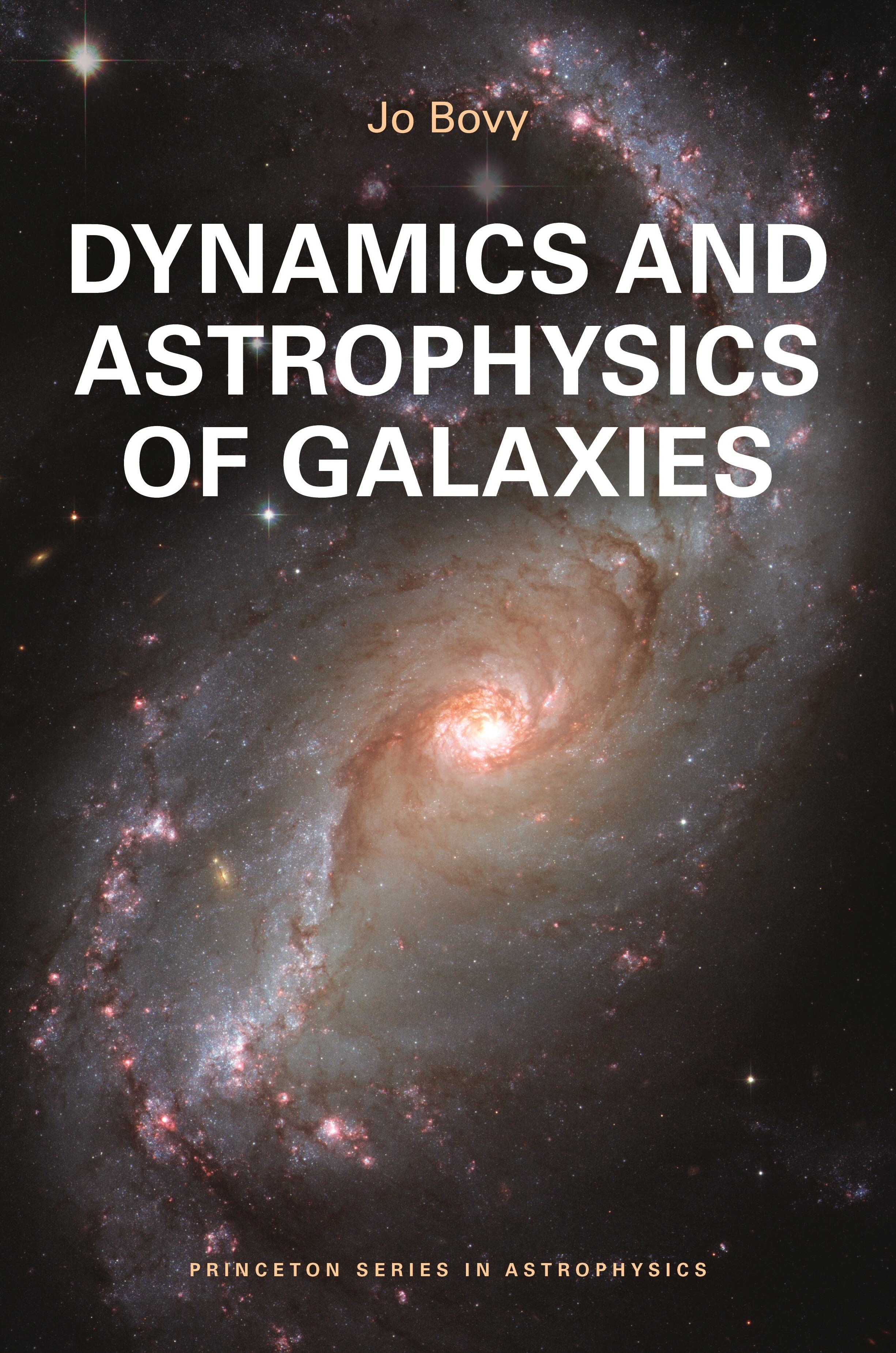9. Orbits in disks¶
Now that we know how to compute the gravitational potential of a disk-shaped mass distribution, we can start looking at orbits of stars in such potentials. Even though disk galaxies are often characterized by strong non-axisymmetric features like a bar or spiral structure, to a good approximation the mass distributions of these disks are symmetric with respect to rotation around the axis perpendicular to the disk. The other main mass component of galaxies—the dark-matter halo—can also be approximated as being axisymmetric, at least in the disk plane. If large part of the mass in the inner parts of a galaxy is shaped like a bar, then that distribution is not well described as an axisymmetric distribution. However, when considering orbits of stars outside of the inner, bar region, the deviation in the gravitational forces between the true bar-shaped mass distribution and an axisymmetric representation are at most a few percent. Therefore, we can still approximate the bar as an axisymmetric distribution (indeed, even as a spherical distribution) for most orbits outside of the bar region. The exception are orbits with specific combinations of radial and azimuthal frequency that make them resonant with the bar’s rotation (we discuss such orbits in Chapter 20).
We can therefore usefully investigate disk orbits by considering axisymmetric potentials \(\Phi(R,z;t)\). Moreover, as we discussed in Chapter 1.2.1, the distribution of stars in height above the plane is almost exactly symmetric around \(z=0\), the mid-plane, and therefore \(\Phi(R,z;t) = \Phi(R,-z;t)\). Furthermore, the total mass distribution in the disk region of galaxies changes only very slowly (over many dynamical times) and we can therefore assume that the potential does not depend on time, \(\Phi(R,z;t) \equiv \Phi(R,z)\). We look at the properties of orbits in such potentials in this Chapter.
To illustrate the concepts in this chapter, we will use a simple model for the Milky Way potential, galpy’s MWPotential2014 (Bovy 2015). This is a highly simplified model of the Milky Way’s mass distribution that consists of (i) a Miyamoto-Nagai model (see Chapter 7.2.2) to represent all disk matter (gas plus stars), (ii) an NFW model (see Chapter 2.4.6)
to represent the dark-matter halo, and (iii) a spherical bulge potential that is a power-law that is exponentially cut-off at \(r=1.9\,\mathrm{kpc}\) (a model that we did not explicitly discuss, but one can compute its potential and forces using the framework of Chapter 2.2). This is a convenient model to use because we can compute the total gravitational potential and forces analytically, without doing any of the complicated computations that
we discussed in Chapter 7.3.

